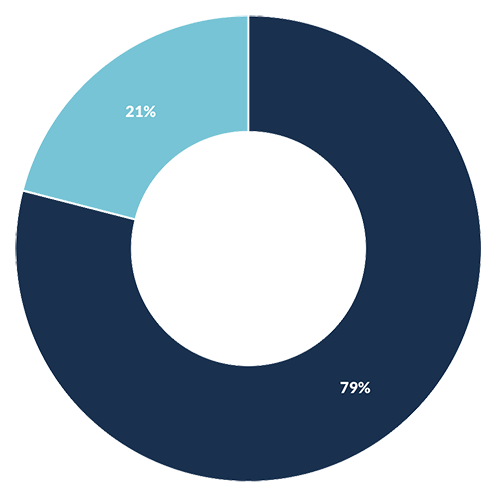Connecting to Family First
Children coming into foster care have usually experienced significant trauma, many times from abuse or neglect. This is compounded by the separation from siblings, school friends, and important, supportive adult relationships. Research shows that children placed into the care of their extended family, rather than a traditional foster home, have better long term outcomes.

30 Days to Family® Goals
30 Days to Family® is an intense, short-term intervention designed to increase the number of children placed with family or friends within the first 30 days of entering foster care. The program helps children experience:
- Fewer moves
- Fewer behavioral challenges
- Higher satisfaction with their living situation
- Better relationships with their family
- Faster reunification with parents
- Lower chance of reentering foster care

61% served reported more positive relationships with their mother versus 30% of those not served.*

79% reported more contact with paternal relatives in relative homes versus 29% in non-relative homes.*
*Data collected through an independent study commissioned by Foster & Adoptive Care Coalition.
30 Days to Family® Process & Timeline
First developed by Foster & Adoptive Care Coalition in St. Louis, MO, 30 Days to Family® initially searches for parents, grandparents, and siblings with the goal to identify 80 additional relatives.
Armed with the philosophy that all families include members who are willing and able to care for children, 30 Days to Family® specialists are relentless in their search for relatives of children in care. Both maternal and paternal relatives are explored with equal interest.
The 30 Days to Family® program enables states to comply with federal law to immediately notify and engage families when children are placed in foster care. This results in a cost savings to the state of over $10,000 per child served through the program.

